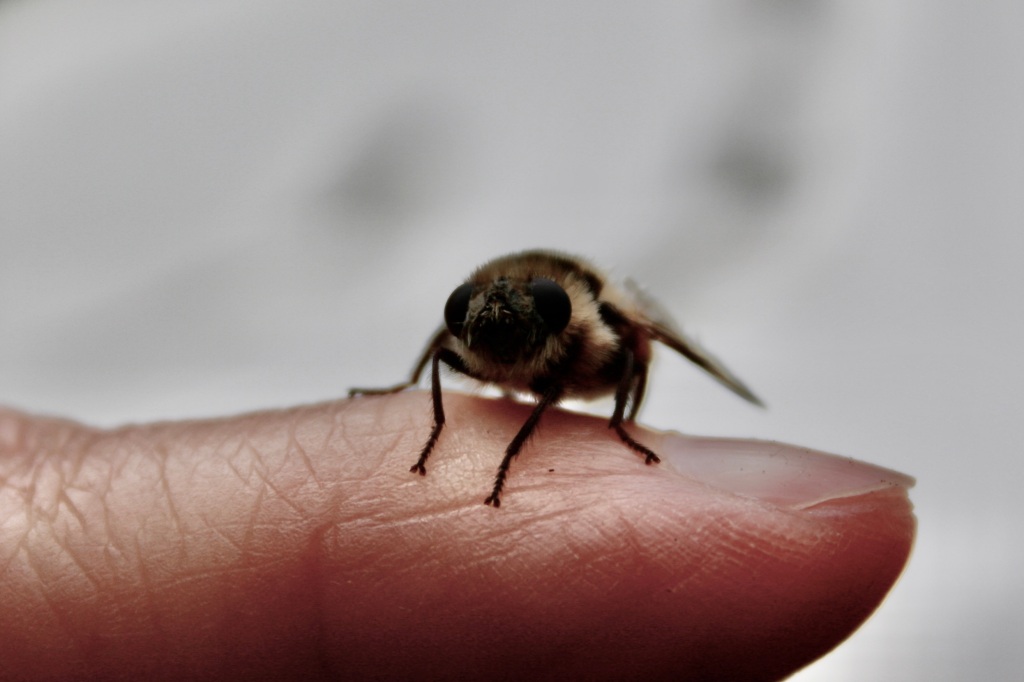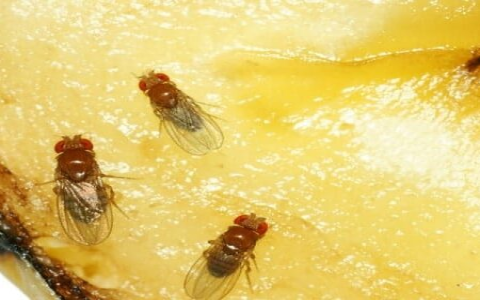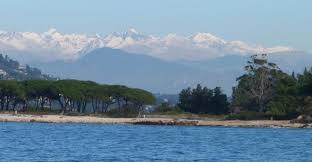In the great expanse of Washington State, a topic often overlooked by both residents and visitors alike is the presence and impact of bot flies. These parasitic creatures, known scientifically as Cuterebra, play a curious and often unsettling role within the local ecosystem.
Imagine hiking through the lush green trails of Olympic National Park. The air is fresh, filled with the scent of pine and damp earth, when suddenly, you notice something out of the ordinary on the scruffy fur of a local squirrel. This is not just any pest but a bot fly larva, one of nature’s more bizarre manifestations.

Bot flies in Washington State primarily affect wildlife, particularly rodents and rabbits. Their life cycle is quite unique and somewhat gruesome. Female bot flies lay their eggs near the burrows or nests of potential host animals. When these eggs are warmed by the body heat of an unsuspecting animal, they hatch into tiny larvae that immediately seek entry into the host, where they grow within a self-made abscess in the flesh.
This process, while unsettling, is crucial for understanding local biodiversity. For various mammals, including the ubiquitous chipmunks and the occasionally sighted snowshoe hare, bot fly larvae represent a natural challenge. These larvae extract nutrients from the host, often leading to visible swellings around the point of entry, known colloquially as warbles. However, despite the unpleasant nature of this parasitic existence, most hosts survive, likely due to their co-evolution with these insects.
The interaction between bot flies and their hosts in Washington State has several ecological implications:
-
Adaptation and Survival: The survival strategy of bot flies showcases how robust and adaptable life forms can be. These parasites have tailored their life cycle to fit perfectly into the ecological niches provided by their hosts.
-
Population Control: Interestingly, bot flies might also play a role in controlling the population of small mammals. By affecting their health, they inadvertently help maintain a balance in the local ecosystem.
-
Predator-Prey Dynamics: Larger predators, ranging from bobcats to eagles, might find it advantageous or disadvantageous to hunt hosts infested with bot flies. This predation behavior can indirectly impact the bot fly’s lifecycle.
From a medical and veterinary perspective, while human infection with bot flies is extremely rare in Washington State, it’s worth being aware of their potential to cause temporary health issues in wildlife. Local veterinarians occasionally treat pets, especially those allowed to roam freely in wooded areas, for larvae removal or related infections.
For those intrigued by naturalist adventures, knowing about bot flies adds an unusual twist to outdoor experiences. Educational campaigns often highlight these lesser-known organisms to initiate public interest in parasitology and ecological interdependencies.

When reflecting on the role of bot flies in Washington, one can’t help but marvel at the intricate webs of life existing in the underbrush. Far from being mere fodder for horror stories, these insects are a testament to the complexity of nature. They remind us that every creature, no matter how small or grotesque, has its place in maintaining ecological harmony.
As citizens of Washington State, whether we silently curse these flies for the discomfort they cause our wildlife or see them as an essential part of our biodiversity, our relationship with nature becomes more nuanced. We understand that sometimes, beauty, survival, and the marvel of nature come in the most unexpected packages.
So, the next time you’re strolling through one of Washington’s scenic trails, spare a thought for the complex life cycles occurring beneath your feet. Appreciation for these intricate ecological relationships can transform our interactions with the environment, fostering a deeper connection with the land we call home.



